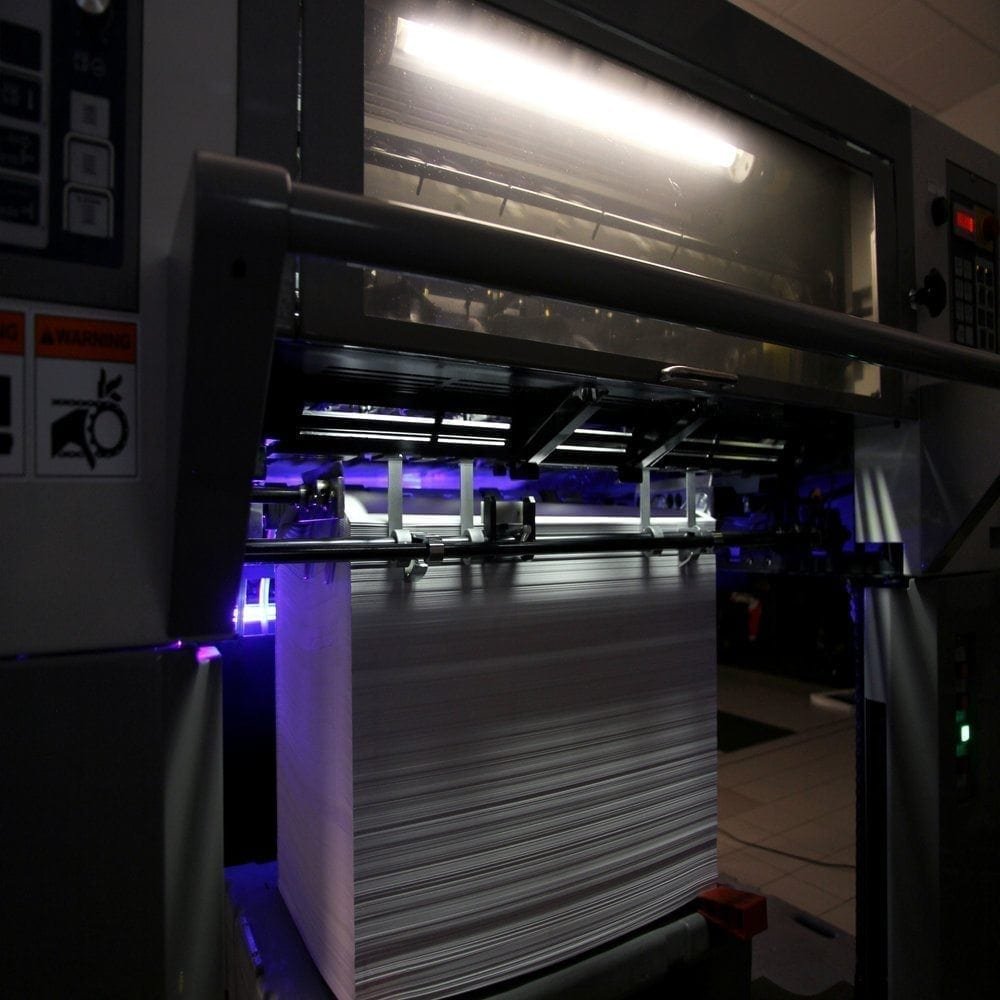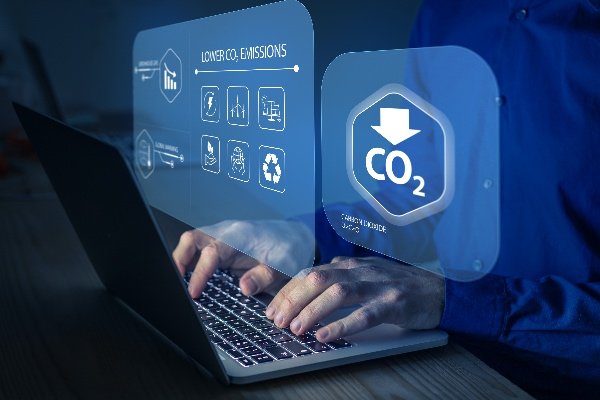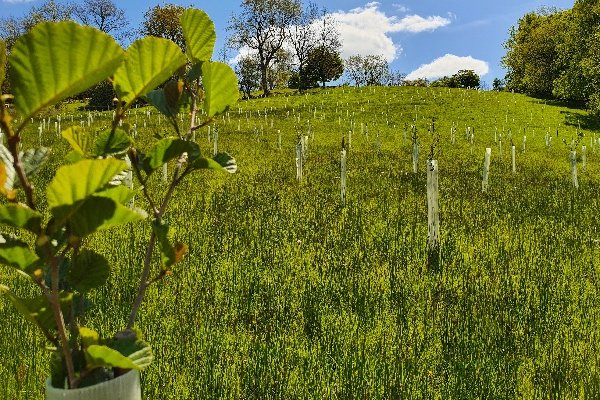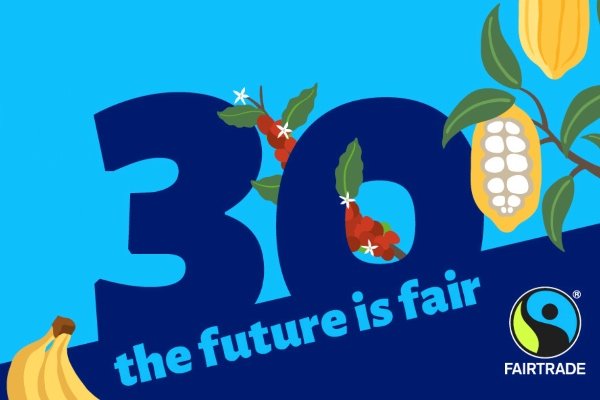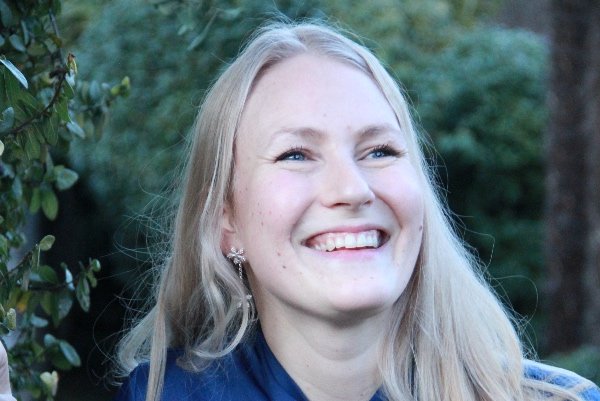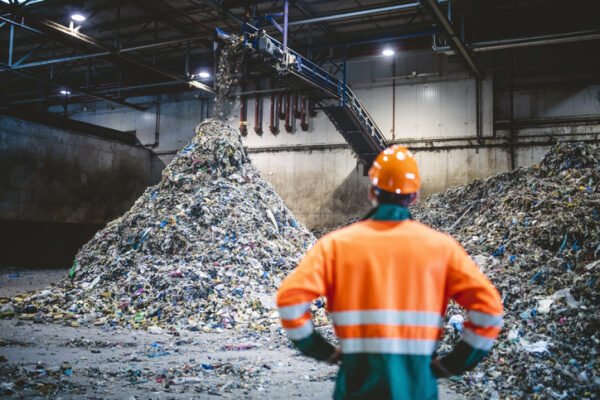This article first appeared in our Consumer Revolution issue of My Green Pod Magazine, distributed with The Guardian on 06 March 2020. Click here to subscribe to our digital edition and get each issue delivered straight to your inbox
More than 100 million users across 400,000 organisations – including 99% of the Fortune 500 – use Citrix, a digital workspace platform, to increase productivity, detect security threats and keep everything running smoothly on the IT front.
Citrix is helping these companies to be agile and open to new possibilities. It has a lot of clout when it comes to steering businesses towards a more efficient future – and now Citrix is using its expertise and influence to build sustainability into their operations.
Putting the ‘E’ in ESG
Anthropogenic interference has already caused 1.0°C global warming above pre-industrial levels; extreme weather is one of the many consequences and it’s beginning to affect us all. Citrix staff are evacuating the global HQ in Florida more regularly and the severity of hurricanes in Puerto Rico and wildfires in Australia and California are all having an impact on Citrix employees, partners and customers.
From a global citizenship perspective, Citrix’s executive management has been engaged in Environmental, Social and Corporate Governance (ESG) for some time. However, beyond the basics the company acknowledges a lag in the thinking around the ‘E’ – or environmental – elements.
Michelle Senecal De Fonseca, Citrix’s Area Vice President, Northern Europe, has recognised the need to do more to accelerate learnings and governance.
Inspiring 100 million
As the European executive who leads Citrix’s business in the UK and Ireland as well as across the Nordics and Baltics, Michelle’s team works in countries where sustainability awareness is already high.
‘Learning from the practices and programmes of our clients and supplier base, my management team has accelerated its thinking around how we, as business leaders, can reduce our carbon footprint,’ Michelle tells us.
Michelle’s team is making maximum use of standard practices such as video conferencing to lower travel emissions, taking the electric taxis at the ranks in the Nordics and avoiding single-use plastic and coffee cups.
More innovative practices, such as only reimbursing business meal receipts for non-meat meals, were considered too extreme.
‘While all our personal actions are important and contribute over time, we knew their impacts would be limited’, Michelle explains. ‘What we struggled to understand was how we could involve over 100 million customers in our efforts.’
IT and emissions
UK-based Justin Sutton-Parker is Partner Director, Northern Europe and a member of Michelle’s team; he is completing his PhD in Computer Science, focusing on the reduction of greenhouse gas emissions through enablers such as IT.
Through a series of tutorials, Justin shared the science around the greenhouse gas emissions from IT; collectively, a forest the size of Canada and Greenland combined would be required to sequester the pollution generated by the industry.
In order to scale its impact, Michelle realised Citrix would need to address its wider industry practices. ‘Essentially, we learned that what Citrix delivers to its customers can be a sustainability solution in and of itself’, Michelle tells us.
Changing the way we work
Organisations tend to issue standard PCs; they often require employees to be in the office daily to access them and then manage their organisation’s data and applications in their own data centres.
The CO2 emissions related to the IT and business commuting of a typical 1,000-employee organisation operating this way is equivalent to 277 cars’ annual emissions.
Citrix cloud technologies offer an alternative: they allow users to work securely, anywhere and from any device. Working from home means lower commuting emissions, and the freedom to choose a device provides an opportunity to select devices that consume less energy.
At the same time cloud technology can shift on-premises data centres to efficient cloud data centres that are powered by renewable energy. Decoupling the workspace from the PC, laptop or tablet also helps devices to last longer as they don’t need to keep pace with application upgrades.
The impact of sustainable IT
Boundless device choice allows users to choose a device that is sometimes as much as 90% more energy efficient than a standard PC – such as a Microsoft Windows 10 session on a Google Chromebook or Apple laptop via secure internet technologies.
If the devices require less computing capacity to keep pace with changing applications, users can also extend the product’s useful lifespan by two years. Not disposing of the device prematurely reduces embodied end-user computing device emissions by almost 40% annually.
Being able to work securely – from anywhere – using Citrix Cloud services promotes flexible working. By allowing employees to work remotely from home for just two days per week, an organisation’s employee commuting emissions could be reduced by up to 40%.
 Play Video about This Rock Might Just Save The World
Play Video about This Rock Might Just Save The World Play Video about Play 2 hours of rock
Play Video about Play 2 hours of rock Play Video about Play 2 hours of brook
Play Video about Play 2 hours of brook Play Video about Play 2 hours of sheep
Play Video about Play 2 hours of sheep





















